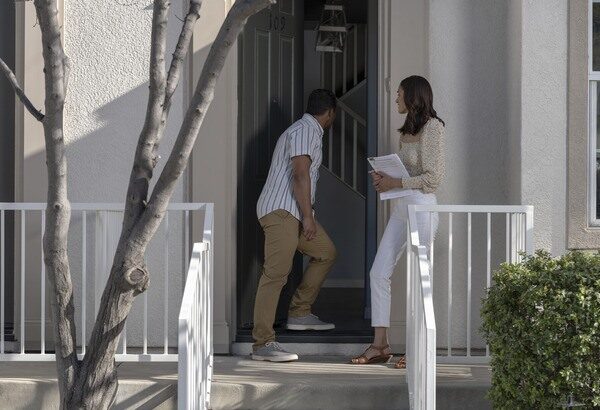
You’ve searched long and hard for your dream home. It has everything you want – and you can envision your family there. Everything seems to be fine, but are there hidden problems?
We’ve compiled a list of commonly overlooked problems from U.S. News and Trulia to help guide your decision. Remember, finding underlying issues early could influence the seller to foot repairs and save you from problems down the road.
1. Check for problem pests
At first glance, the house looks spectacular, but termites, roaches or rats in the attic may go undetected. Only 3 states – Michigan, North Carolina and Texas – require sellers to tell buyers of pest infestations. Look for droppings, odd smells, pest control products and holes. Damaged plants outside can also signify pest breeding.
2. Avoid a moldy mess
Since severe mildew and fungus are unhealthy, look for signs of mold in ceilings, corners of rooms, the attic, basement, flooring and areas around sources of water.
3. Test for environmental toxins
Homes built before the 1970s may contain lead – a serious health risk, especially to children and pregnant women. Other toxins such as asbestos and radon could also be present in older homes, and home inspectors don’t always test for them.
4. Watch out for a damaged roof or faulty foundation
Your home should be solid from top to bottom. A cracked foundation or caved roof could cost tens of thousands of dollars to repair.
5. Examine electrical wiring
Are there enough electrical outlets? Older homes may have fewer outlets and more extension cords – creating fire hazards from exposed wires and open splices.
6. Detect defective drains
From water stains in the basement to deposits on the walls, leaks and poor sump pump and drainage systems could result in costly damage. Have these items inspected to avoid throwing money down the drain.
7. Don’t ignore the outdoors
Check the outside of the home for drainage, structural and pest problems, particularly fences, lawns, patios, decks and sprinkler systems.
8. Focus on the floorboards
To know the real condition of the home, it’s important to see what lies beneath. For instance, peel back a corner of the carpet to see what’s under it. You may find beautiful hardwood floors – or mold and pest droppings.
9. Wrestle around with the windows
Replacing windows can be expensive. Take some time to open, close and lock all windows, noting those that are hard to open or secure. Caulking around the windows should be in good shape.
10. Get to know the neighborhood
No one knows the neighborhood better than the neighbors. Ask those nearby about the property you’re interested in as well as the community.
Did your future home pass your personal inspection? Prepare for the next step with these articles:



